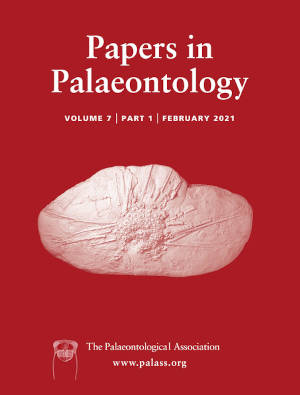Reg. Charity No. 1168330

Late Llandovery and Wenlock conodonts are still inadequately documented in China, with data collected chiefly from the Baizitian section in Yanbian County, Sichuan Province, south-west China. A collection of over 32 000 conodont elements was recovered from 38 samples from the Xiabaizitian and Shangbaizitian formations at this classic locality. The conodont fauna is dominated by cosmopolitan species and can be assigned to 50 species representing 17 genera. Of these, one new species, Apsidognathus yanbianensis sp. nov., is proposed herein. Six conodont zones are recognized in this section, including the Pterospathodus eopennatus Zone, the Pt. amorphognathoides angulatus Taxon-range Zone of the Pt. a. amorphognathoides Superzone, the Kockelella ranuliformis Zone, the Kockelella walliseri Taxon-range Zone, and the Kockelella patula Taxon-range Zone, in ascending order. These zones can be correlated with other conodont zones around the world based on the occurrences of the stratigraphically diagnostic species. Moreover, the stratigraphical ranges of Pterospathodus enable greater understanding of the correlation of the Telychian guide taxa. The conodont biodiversity changes and faunal turnover across the Silurian Ireviken Bioevent are here documented for the first time in the Baizitian section from the South China palaeoplate.